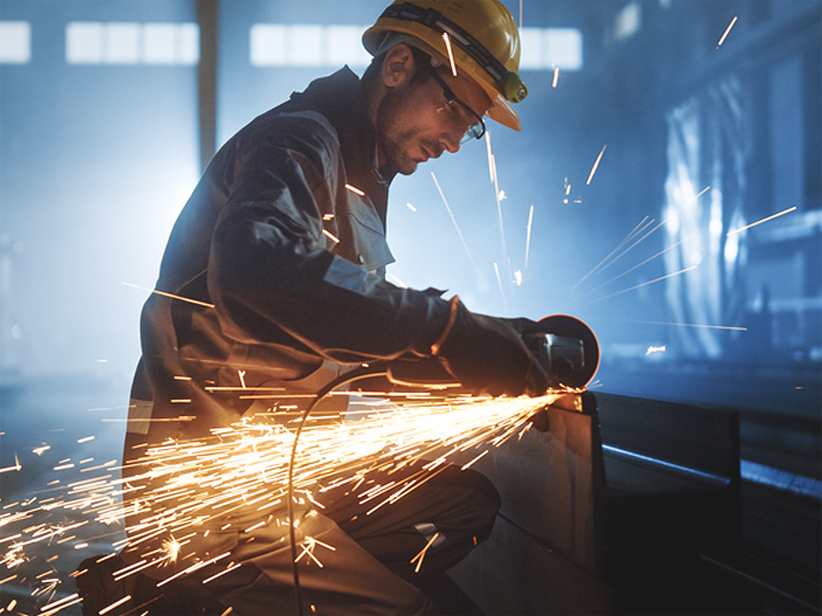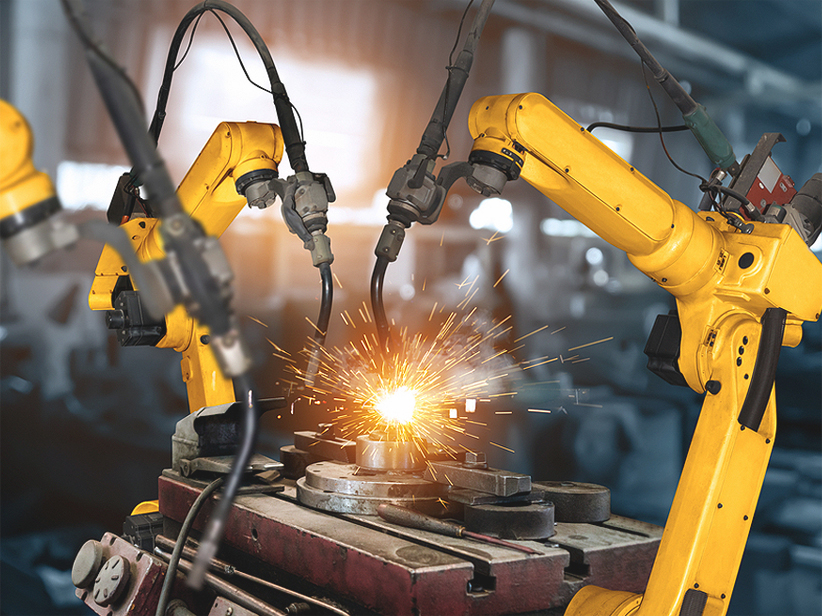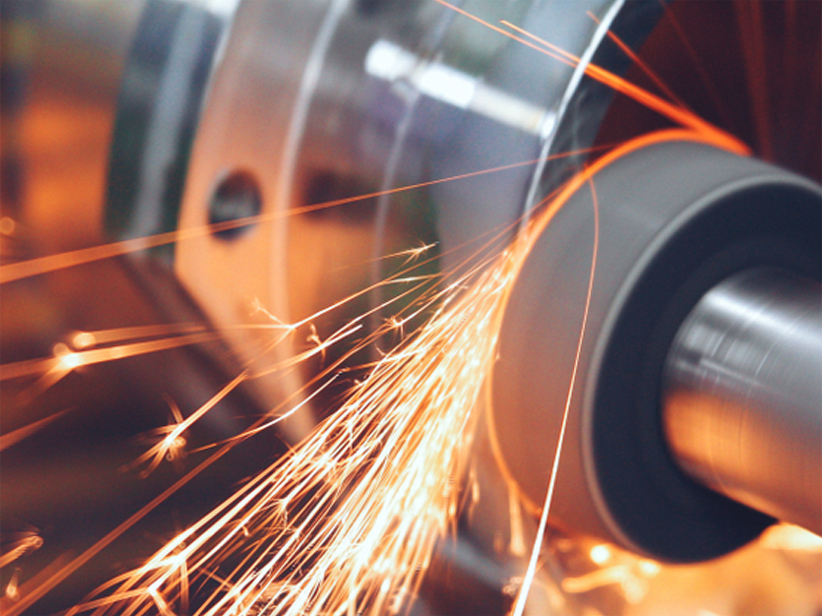ROLE OF VENUS PRODUCTS IN VENTILATOR DESIGN AMIDST COVID-19 CRISIS
The strain of Coronavirus, COVID 19, has spread all across the globe, causing deaths and major disruption to the global economy. It has been straining the healthcare systems worldwide. There is a big concern right now, especially in areas that have attained peaks in the affected population regarding the insufficient supply of intensive care unit (ICU) beds, ventilators and personal protective equipment (PPE) for medical staff which includes respirators, gloves, face shields, gowns, and hand sanitizer.
A lot of countries are following the practice of social distancing, but attributing to the rising wave of affected there have been reported shortages of these key equipment needed to care for critically ill patients. Their adequate production and distribution are crucial to caring for patients during the pandemic.
Talking in particular about ventilators which are in short supply, have created a problematic scenario, as the virus targets the respiratory system. Ventilators help patients breathe and are seen as critical given severe COVID-19 can lead to pneumonia and lung damage. Somewhere between 10% and 25% of patients sick with COVID-19 eventually require assistance to breathe. Roughly 5% of patients develop acute respiratory distress syndrome, at which point only a mechanical ventilator can drive oxygen into their lungs and push fluid out. Acute respiratory distress syndrome, or ARDS, is the endgame for the unluckiest COVID-19 patients.
There is a broad range of estimates of the number of ventilators we will need to care for patients with Covid-19, from several hundred thousand to as many as a million. The national strategic reserves of ventilators are small and far from sufficient for the projected gap between demand and supply.
Let’s try to understand the importance of ventilators
In terms of their core function, ventilators are not extraordinarily complicated machines. Basically, they are sophisticated pumps – they control the oxygen and airflow from the patient’s lungs, supporting them while they cannot do their work. If they fail, the patient is very likely to die as was explained by Mauricio Toro. This is what makes them so challenging to build.
As intensive care units overcrowd and doctors must care for more patients, the reliability of the machines cannot be in question.
Materials are another challenge. They should be able to endure extensive wear and tear, not be likely to spread infection, and hold up under different cleaning methods, like chemicals or UV. These requirements seriously entangle the design process, as they complicate engineering choices. It cannot be a fire hazard, and oxygen is very corrosive for many materials. Keeping in mind these characteristics of metal which has to be used in the production, stainless steel for ventilator is the most preferred. Stainless steel has unique properties like corrosion resistance, heat and fire resistance also helps in maintaining hygiene as it is easy to clean which helps in preventing any infection which can take place otherwise.
As we focus on the critical need of the ventilators, there is a disheartening situation of demand and supply gap in the case of ventilators and related raw materials used in building them, which has taken place in these crucial times of COVID-19 spread.
What can be done to close the gap between the need and the availability of ventilators and support systems needed?
Amidst the COVID crisis, the demand has skyrocketed. We still have the supply, but the demand is so great that the supply can’t keep up with it.
A multipronged strategy is being followed whereby private companies are engaged in producing equipment needed for a national emergency. But simply demanding more ventilators won’t be enough — there are only a few companies that have the expertise to make these devices. These companies have maximized and boosted their production by 30-50% but, by themselves, can’t deliver the 500 or 1000% growth in production required; this maximization is also extended on the raw material supply side.
Achieving this goal will require a concerted approach from all sectors, from the local and national government to the private sector and health care providers themselves. Failure to act in a coordinated manner would keep many patients from getting the care they need and would lead to the situation we see in Italy, in which frontline clinicians are making difficult decisions about who will and who won’t receive care. The human and economic costs of this scenario should not be underestimated.
There has been a suggestion made by some experts which states that regular ventilators can be modified so they can be shared by more than one patient. However, such a strategy should only be considered as an absolute last resort because patients sharing a single ventilator might infect each other with bacteria and viruses, and doctors would not be able to carefully calibrate the pressure at which oxygen is delivered
For some patients, lung damage could result from oxygen delivered under too much pressure; others who are forced to share could die from getting too little. And if one patient on a shared ventilator should go into cardiac arrest, the ventilation of any other patients sharing the device would have to be stopped so the heart attack victim’s breathing tube could be removed and resuscitation efforts can begin.
Therefore going with the current requirement of one ventilator for one person, if the goal is to keep as many people breathing as possible over the next few months, we need to manage the supply of support systems really well.
Just as pharmaceutical companies and researchers are working together to produce a vaccine, the world’s top supply chains can pool resources and expertise to make sure the support system making companies get what they need.
Fortunately, meeting this challenge is not impossible, but only difficult. Coordinated efforts by all can help in overcoming this pandemic.
When it comes to sourcing necessary material, we consider local as well as global supply chains for procurement. One of the critical raw materials for making ventilators is stainless steel bars for ventilator parts- stem top and plunger. Venus wires, a globally recognized supplier of stainless steel bars can help in fulfilling this requirement of the medical industry.
If you are looking for stainless steel suppliers in India, mainly for components used in building ventilators, Venus wires will be glad to join this life-saving initiative of yours. We also have our branches in the US and Germany which can help in the supply of materials. Be rest assured about the expertise and quality. For further details, please visit the website of Venus wires.







